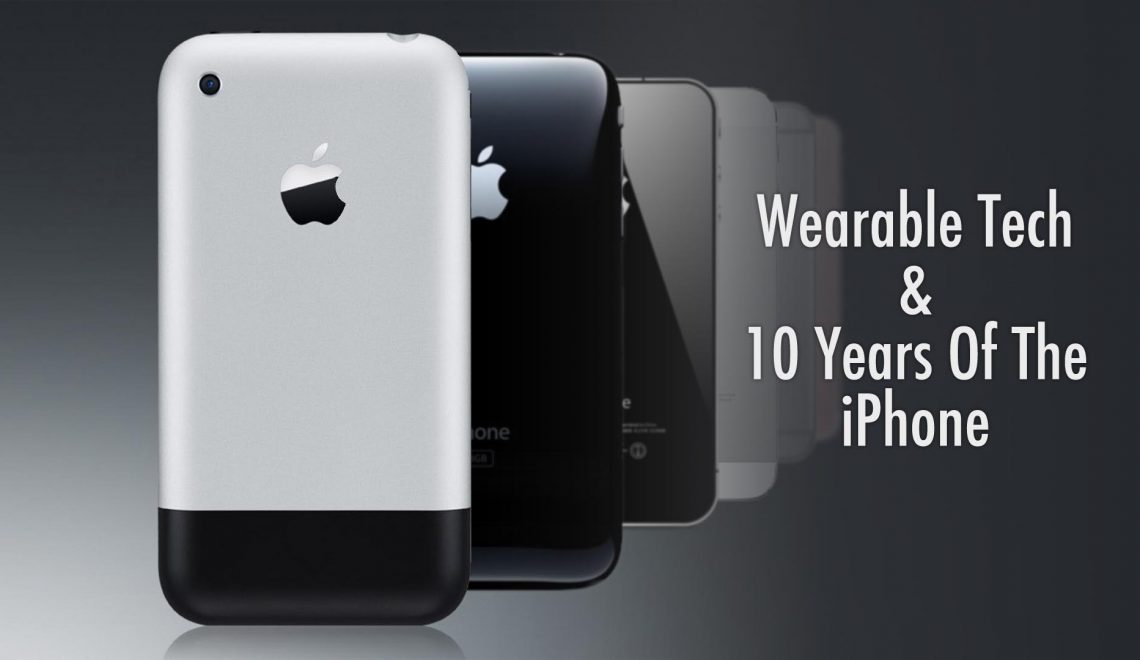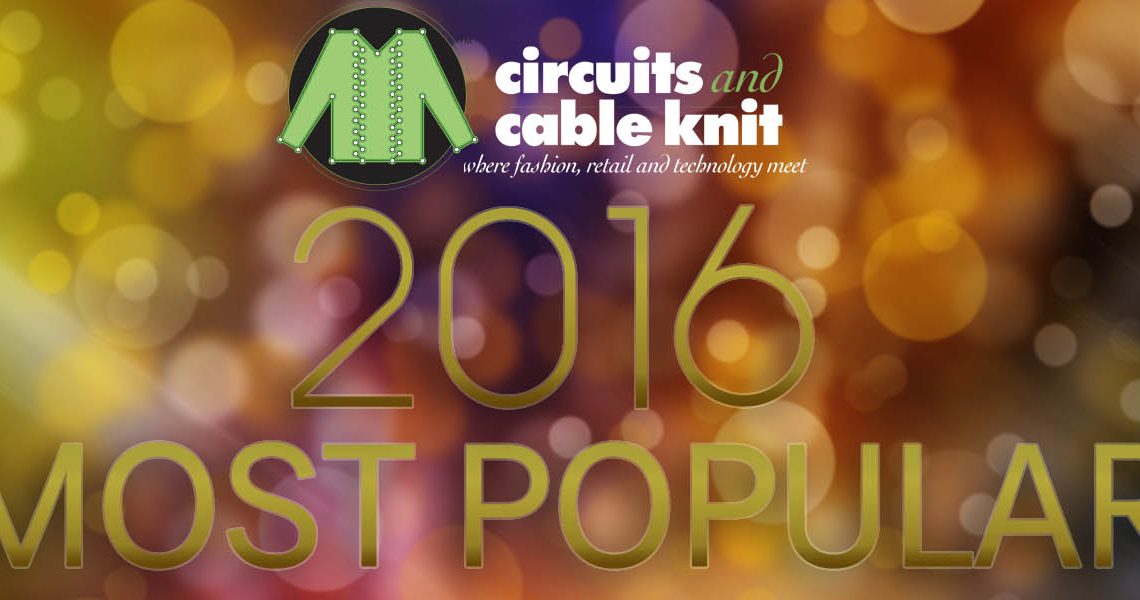 If you were to look at the product announcements coming out of IFA 2014 this week, you likely would believe that wearable technology was one of the hottest and most successful technology product segments out there. Sony has introduced its 3rd generation Smart Watch and Samsung has announced their 6th smart watch. Everyone is throwing their hat in the ring, so much so that the market is starting to get flooded with “me too” devices from companies such as Epson and Garmin. But the truth is that the segment has yet to have a break out hit. Nike and Fitbit have seen significant traction with their fitness bands and Pebble set Kickstarter records, but none are breakout stars, and Google is struggling to find public acceptance for Glass.
If you were to look at the product announcements coming out of IFA 2014 this week, you likely would believe that wearable technology was one of the hottest and most successful technology product segments out there. Sony has introduced its 3rd generation Smart Watch and Samsung has announced their 6th smart watch. Everyone is throwing their hat in the ring, so much so that the market is starting to get flooded with “me too” devices from companies such as Epson and Garmin. But the truth is that the segment has yet to have a break out hit. Nike and Fitbit have seen significant traction with their fitness bands and Pebble set Kickstarter records, but none are breakout stars, and Google is struggling to find public acceptance for Glass.
 Looking at the current landscape of wearable devices, it is easy to be reminded of the early days of MP3 players. Similar to Rio’s PMP300, Pebble emerged as the first successful consumer “smart” wearable, selling over 400,000 units over the past 2+ years. The company’s first cellphone-connected watch raised a stunning $10.3M on Kickstarter and found an immediate audience with techies. But the watch is comparatively simplistic to wearable devices hitting the market today and hasn’t found a connection with consumers. Samsung, much like Creative at the time, is releasing device after device hoping to find the sweet spot in the market. The company continues to release new models to explore different designs and mixes of functionality, though none have found a niche in the market yet. With some of the top selling mobile phones in the world, you would think Samsung would be able to find success. So the question remains…what will it take for a wearable device to become mass market?
Looking at the current landscape of wearable devices, it is easy to be reminded of the early days of MP3 players. Similar to Rio’s PMP300, Pebble emerged as the first successful consumer “smart” wearable, selling over 400,000 units over the past 2+ years. The company’s first cellphone-connected watch raised a stunning $10.3M on Kickstarter and found an immediate audience with techies. But the watch is comparatively simplistic to wearable devices hitting the market today and hasn’t found a connection with consumers. Samsung, much like Creative at the time, is releasing device after device hoping to find the sweet spot in the market. The company continues to release new models to explore different designs and mixes of functionality, though none have found a niche in the market yet. With some of the top selling mobile phones in the world, you would think Samsung would be able to find success. So the question remains…what will it take for a wearable device to become mass market?
One of the last heavy-hitter, tech brand names to enter the market is rumored to be unveiling their smart watch next week. Will Apple be the first company to find a truly mass audience for their wearable device? The company, in the past, dominated the MP3 player market and pushed the technology of mobile phones forward into the 21st century. But a watch is not a phone; it is always on display and needs to perfectly complement you for almost any occasion. By definition, anything wearable needs to be stylish and enable the owner to express himself or herself through it. Clothing and accessories are produced by hundreds, if not thousands, of brands and occupy practically every price point imaginable. This incredibly complex matrix allows the wearer to find what suits them and their personality. Clearly Apple understands this, as they have brought onboard the former CEO of Yves Saint Laurent, Paul Deneve, and several senior personnel from TAG Heuer. But will it be enough to make their device useful to the consumer while being fashionable, practical, and unique?
 Fashion brands seem to be recognizing that even if there is technology involved, the fashion of the wearable technology needs to front and center. We are witnessing designers partnering with technology companies to develop products that put fashion first. Tory Burch, Diane Von Furstenburg, Ralph Lauren, and Rebecca Minkoff have all launched devices that utilize their brand’s design sensibility and offer feature sets that they believe their audience would make use of.
Fashion brands seem to be recognizing that even if there is technology involved, the fashion of the wearable technology needs to front and center. We are witnessing designers partnering with technology companies to develop products that put fashion first. Tory Burch, Diane Von Furstenburg, Ralph Lauren, and Rebecca Minkoff have all launched devices that utilize their brand’s design sensibility and offer feature sets that they believe their audience would make use of.
Hopefully, by this time in 2015 the smoke will have started to settle in the wearable technology market. With major names in tech and fashion now getting involved, it is up to the consumer to decide how things play out. Is innovation king? Are we waiting for a company with a history of defining emerging tech segments? Or, are consumers waiting for a uniquely styled device from their favorite designers? While it is obvious that design will play a huge role in wearable technology, will it be the most important attribute? Let us know your thoughts in the comments.





You are a great crasp on this subject matter- hope to hear more from you. .
Mr. Parker, your article discusses the very topic of my conversation with friends two days ago. All of us agreed that we are interested in wearing a phone on our wrists IF TORY BURCH DESIGNS IT! Please let her know!
Love the trend and all the relevant info!